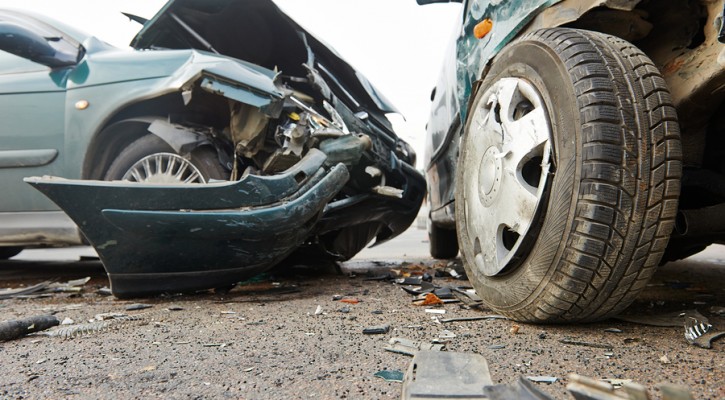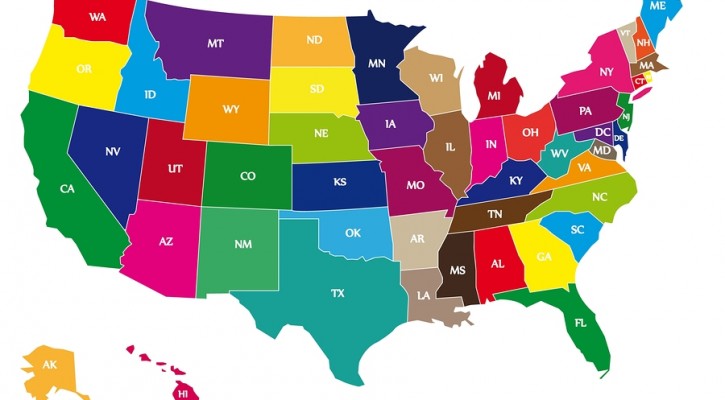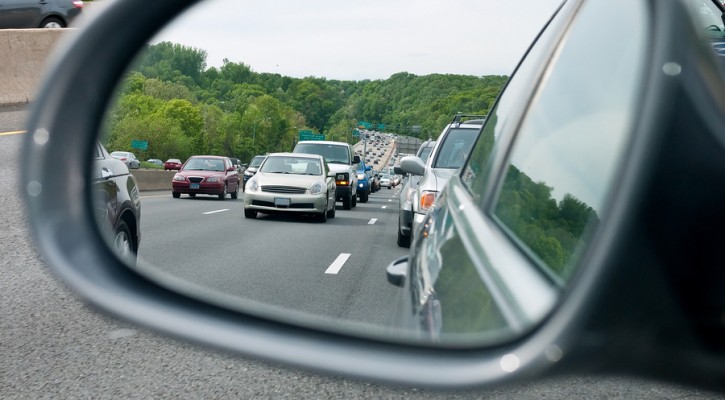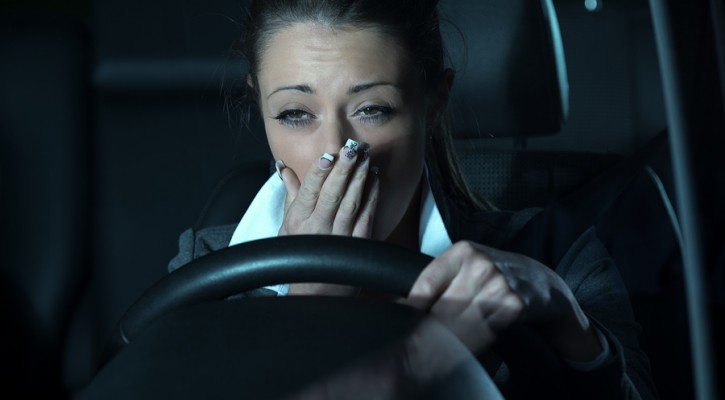Tag Archive: Driving Safety

Traffic Deaths Declined To New Lows In 2013
December 24, 2014
Traffic deaths declined in 2013 by 3.1 percent over the previous year according to the National Highway Transportation Safety Administration (NHTSA). The 32,719 highway deaths in 2013 represents the lowest number of highway deaths since recording began in 1975. Traffic injuries also declined by 2.1 percent. Continue Reading

Which States Have The Worst Drivers?
December 11, 2014
The worst drivers by state list has been updated by the folks at Car Insurance Comparison.com. No matter how safe a driver you may be, you’re still at risk of having a crash if the other drivers in your state drive badly and, unfortunately, the price you pay for insurance is determined by that driving environment. The worse the driving situation, the more your insurance will cost.
How worst drivers score was determined
To determine each state’s rating, the surveyors looked at the latest data from the National Highway Traffic Safety Administration (NHTSA) in the following categories:
- Fatalities Rate per 100 Million Vehicle Miles Traveled
- Failure to Obey (Percentage of Fatal Crashes that involved Traffic Signals, Not Wearing Seat Belts, and Driving with an Invalid Driver License)
- Drunk Driving (Percentage of Fatal Crashes that Involved Alcohol)
- Speeding (Percentage of Driving Fatalities that were Speed-Related)
- Careless Driving (Pedestrian & Bicyclist Fatalities per 100,000 Population)
The data was tabulated into one single score per state with the worst states receiving the lowest score.
To see where your state ranked and which states scored worst, read: Worst Drivers By State

Crash Avoidance Technologies Not Always Effective
December 11, 2014
Crash avoidance technologies aren’t always effective according to research conducted by the American Automobile Association (AAA). The automotive industry and insurance companies have indicated that new crash avoidance technologies that are being introduced in newer model cars have great potential to save lives and reduce insurance rates but, as with all new technologies, there are limitations. The AAA researchers looked at blind spot avoidance and lane departure technologies and found that, under certain conditions, they failed to warn the driver in time to avoid a crash.
In the case of blind spot monitoring systems, researchers found:
- Blind-spot monitoring systems had difficulty detecting fast-moving vehicles – such as when merging onto a busy highway. Alerts were often provided too late for evasive action.
- Motorcycles were detected by blind-spot monitoring systems 26 percent later than passenger vehicles.
With lane departure systems, the research indicated that:
- Road conditions were often a problem for lane-departure warning systems. Worn pavement markers, construction zones and intersections can cause the lane-departure warning system to lose track of lane location.
- The litany of alerts and warnings could be confusing. Auditory, visual or haptic responses – or a combination – could be similar to other advanced driver assistance features that delivered the same warnings.
All of the new systems do have the potential to prevent crashes and save lives but, until the systems evolve, they should still only serve as an aid to drivers. Drivers still need to be aware of the driving situation and rely on the crash avoidance systems only as a backup.
For more information, read: New Car Technologies Still Working Out the Kinks, Says AAA Assessment

AAA Studies Drowsy Driving
December 3, 2014
More than one-fifth of fatal motor vehicle crashes involved drowsy drivers according to a new study by the American Automobile Association. The study looked at data from a representative sample of 14,268 crashes between 2009 and 2013 and determined that an average of 6,400 people are killed in 328,000 drowsy driving crashes per year.
Among their findings, the study determined that drowsy driving caused:
- 6% of all crashes in which a vehicle was towed from the scene;
- 7% of crashes in which a person received treatment for injuries sustained in the crash;
- 13% of crashes in which a person was hospitalized and;
- 21% of crashes in which a person was killed.
Sleep deprived nation
America is a sleep deprived nation. According to the National Sleep Foundation, 60% of Americans have driven while feeling sleepy and 37% admit to actually having fallen asleep at the wheel in the past year.
A recent National Geographic TV special explained that sleep serves a necessary biological function and serves to clear toxic chemicals from the brain. One toxic substance that is known to be cleared out during sleep is associated with Alzheimer’s disease and it’s thought that not getting enough sleep could lead to the development of Alzheimer’s disease.
According to National Geographic, having a sleep deficit is like having an overdraft at the bank. If you sleep only six hours a night on weeknights and try to make it up by sleeping two extra hours on Saturday, you still have a sleep deficit of eight hours remaining. That has to be paid back somehow and, unfortunately, it’s often paid back behind the wheel.
Getting a full night’s sleep is critical, not only for safe driving but also for our overall health. For tips on getting a full night’s sleep, visit: Sleep tools and tips

Are You Addicted To Your Smartphone?
December 3, 2014
Addictions take many forms and it’s becoming apparent that more and more Americans are addicted to their smartphones or other digital devices.
Addictions can be somewhat harmless or they can take over and ruin your life and the lives of others that you love and care about. Not only can addictions ruin your life, they can be life threatening. In the case of smartphones and other digital devices, the constant urge to always stay connected can take over one’s life and, if done while driving, can easily lead to a fatal crash.
The Center for Internet and Technology Addiction has created a test to determine whether or not you could be addicted to your digital devices and may need help in curbing your need to stay connected. To take the test, visit: Digital Distraction Test
